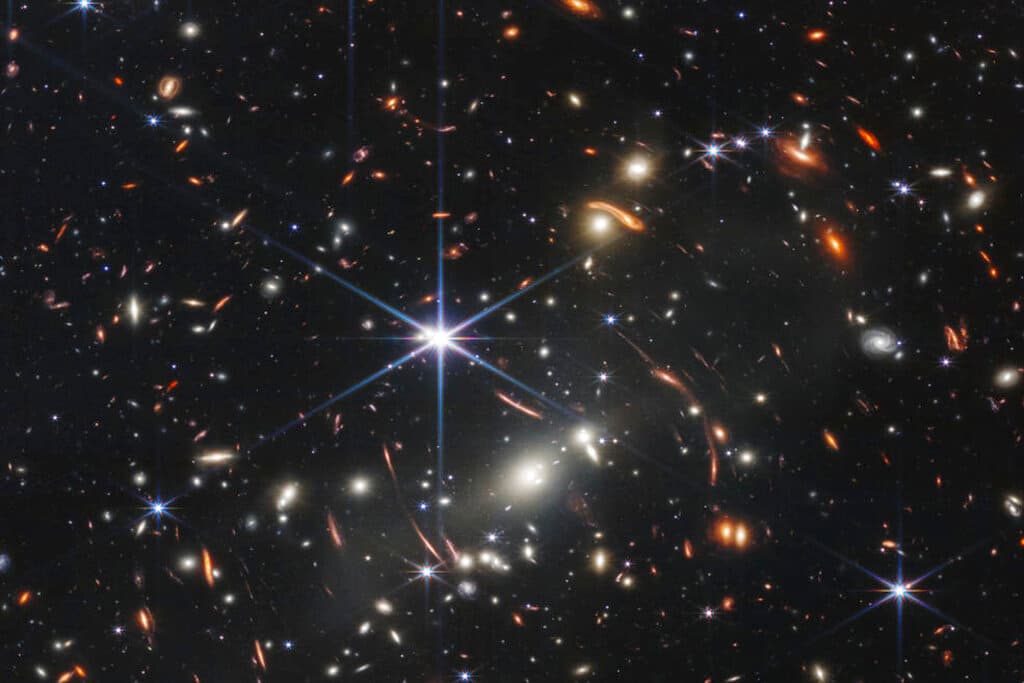NASA Warns of 72 Percent Chance an Asteroid Hits Earth Next Decade
An asteroid is projected to collide with Earth in 2038, just 14 years from now.

NASA has issued a stark warning after a recent simulation determined an asteroid has a 72 percent chance of colliding with Earth in the near future.
The alarming find emerged from a hypothetical scenario involving nearly 100 government representatives from around the globe. In a simulated exercise held by NASA and the Federal Emergency Management Agency, the space agency found significant gaps in humanity’s readiness to combat such a threat.
A login link has been sent to
Enter your email to read this article.
Get 2 free articles when you subscribe.

